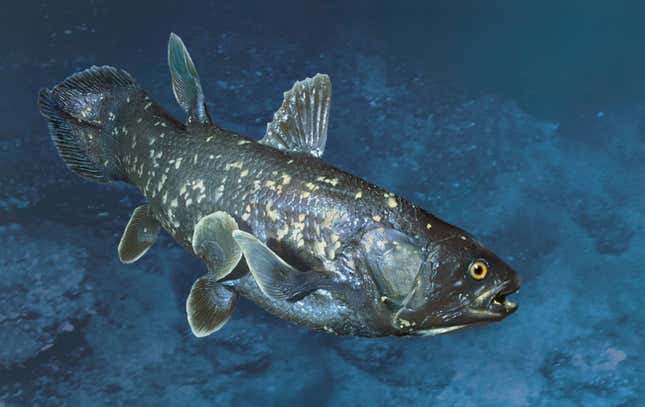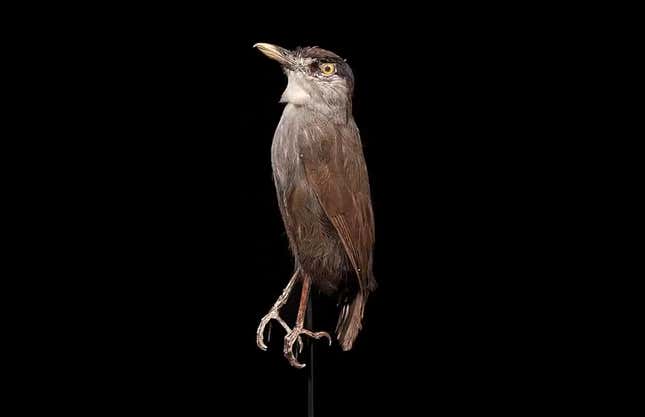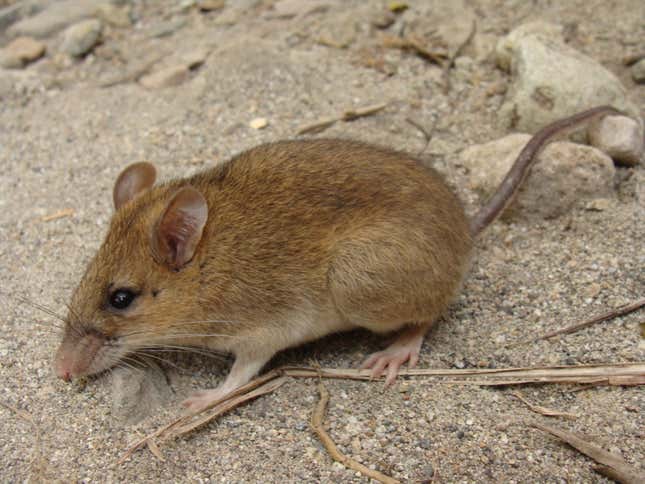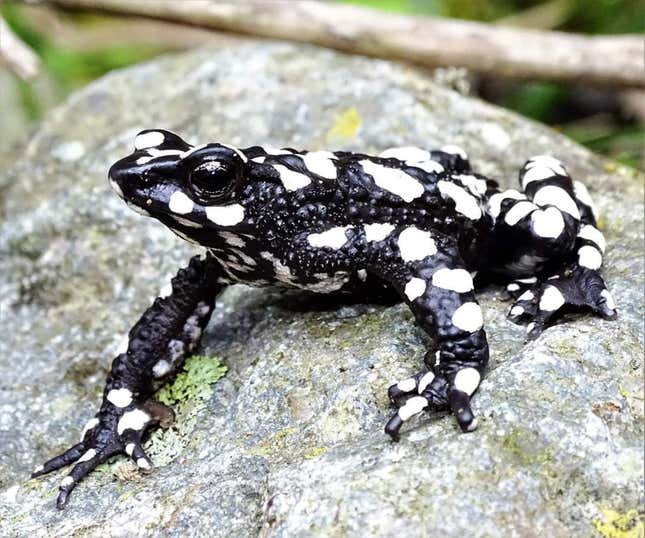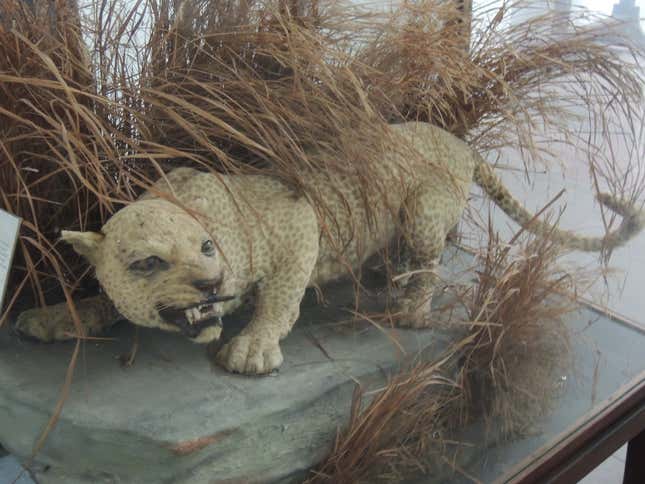
Sometimes, we give up on a species too soon. Just because it’s been a few decades or even centuries since a creature showed its face, doesn’t always mean it’s truly extinct. These so-called Lazarus species—named for a man resurrected by Jesus in the Gospel of John—often evade our notice because of their small size or hard-to-access habitats. Here are seven recent examples.
This story was originally published on March 20, 2021.
